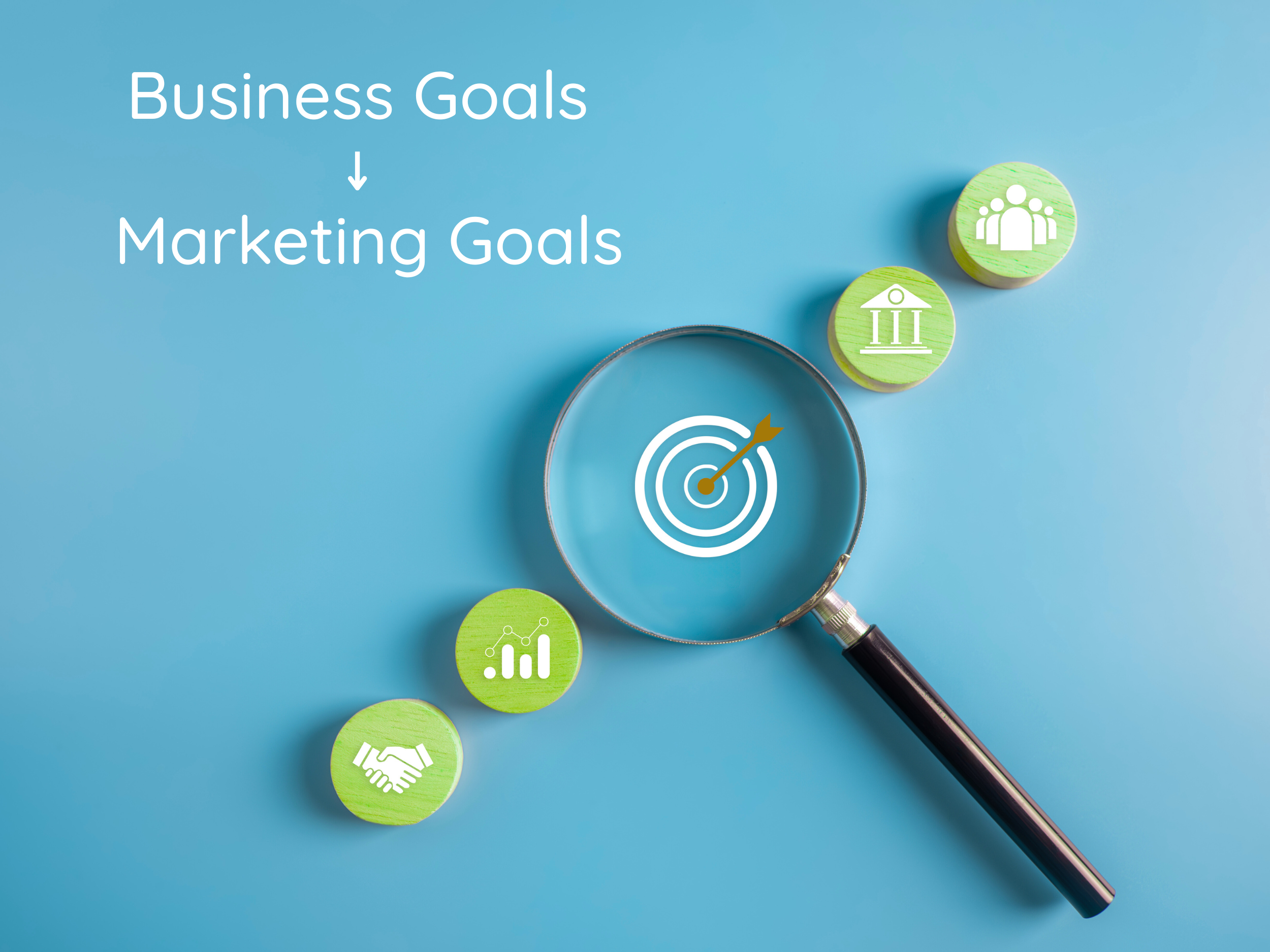The Mastery of Marketing and Advertising

In a world saturated with advertising messages, capturing customers’ attention is a significant challenge. However, with a solid understanding of marketing and advertising, you can rise above the noise and take control of your brand’s narrative. These tools enable you to tell compelling stories, create emotional connections with audiences, and build lasting relationships. But how do you make the most of them? First, it’s essential to understand the two concepts and their distinctions.
Distinguishing between marketing and advertising
Although they are closely related and contribute to promoting a company, product, or service, there are significant differences.
Marketing is an all-encompassing term for all activities that aim to understand customer needs, develop products or services that meet them, and create strategies to promote them. The scope of marketing is much broader than that of advertising, encompassing activities such as market analysis, product development, distribution, sales, and communication. Marketing aims to create customer value and build lasting relationships, increasing loyalty, satisfaction, sales, and profits.
Conversely, advertising is a marketing technique that promotes products or services via various media channels. It uses persuasive messages to grab consumers’ attention and spur them into action. While effective in achieving short-term objectives such as sales, advertising must be aligned with overall marketing objectives to ensure long-term success.
Types of marketing
Digital marketing is predominant in the modern era, reaching consumers online through search engine optimization (SEO), content marketing, social networking, and email marketing. Digital marketing is frequently divided into three categories:
- Paid: paid online content such as ads on Instagram or posting on another organization’s website, search engine advertising (SEM), etc.
- Owned: marketing activities a company carries out through its properties such as blogs, social media platforms, emails, etc.
- Earned: Unsolicited promotion of your company and products or services achieved through media mentions, shares, and customer reviews. In other words, earned media is the free publicity from satisfied customers.
Influencer marketing uses partnerships with public figures to promote products to their audiences, leveraging the trust and authority of influencers.
Relationship marketing focuses on building lasting customer relationships through customer relationship management (CRM) tools and loyalty programs, enhancing the customer experience and encouraging loyalty.
Event marketing organizes events to promote products and interact directly with customers, creating memorable experiences and strengthening brand bonds.
Types of advertising
Traditional advertising uses conventional media such as television, radio, newspapers, and magazines to reach a broad audience and build brand awareness. For example, TV ads during the Super Bowl can reach millions of people simultaneously, while print ads can target specific readers.
Retail advertising focuses on directly promoting products at physical points of sale, including posters, in-store signs, free samples, etc.
With the rise of the Internet, online advertising has become indispensable. An offshoot of digital marketing, it takes various forms, such as banner ads, social network ads, sponsored videos, and pop-ups. Thanks to precise targeting tools such as “cookies,” companies can deliver personalized ads based on users’ interests, behaviors, and demographics, maximizing the effectiveness of advertising campaigns.
And there you have it; you are now the master of marketing and advertising! 😉
Do you need a little extra help implementing these concepts? Take our free diagnostic to assess the state of your company’s marketing.
Category
Share

